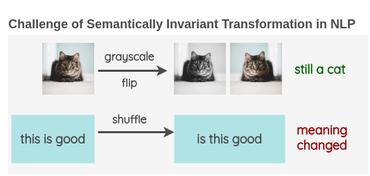Show Me What and Tell Me How: Video Synthesis via Multimodal Conditioning
Most methods for conditional video synthesis use a single modality as the condition. This comes with major limitations. For example, it is problematic for a model conditioned on an image to generate a specific motion trajectory desired by the user since there is no means to provide motion information. Conversely, language information can describe the desired motion, while not precisely defining the content of the video. This work presents a multimodal video generation framework that benefits from text and images provided jointly or separately. We leverage the recent progress in quantized representations for videos and apply a bidirectional transformer with multiple modalities as inputs to predict a discrete video representation. To improve video quality and consistency, we propose a new video token trained with self-learning and an improved mask-prediction algorithm for sampling video tokens. We introduce text augmentation to improve the robustness of the textual representation and diversity of generated videos. Our framework can incorporate various visual modalities, such as segmentation masks, drawings, and partially occluded images. It can generate much longer sequences than the one used for training. In addition, our model can extract visual information as suggested by the text prompt, e.g., "an object in image one is moving northeast", and generate corresponding videos. We run evaluations on three public datasets and a newly collected dataset labeled with facial attributes, achieving state-of-the-art generation results on all four.
PDF Abstract CVPR 2022 PDF CVPR 2022 Abstract



